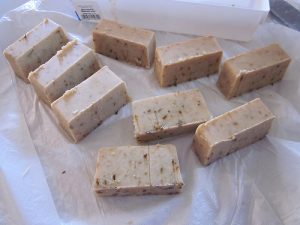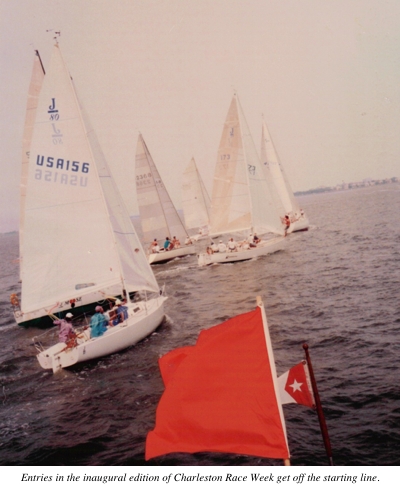I have always had horrible allergies my whole life. My skin is very responsive to harsh, synthetic chemicals. The skin is easiest way to let in harmful chemicals and toxins inside the body. Many common harmful chemicals inside soaps include Triclosan (which is a toxic pesticide that has antibacterial fighting properties), Parabens, and preservatives. I have shopped at stores such as lush and Earthfare to by products with less chemicals. Instead this time I attempted to make my own soap. A few weeks ago I went over to my friend’s house and we made soap.
I love lavender so I wanted to incorporate that into my soap.We used a cold process to make our soap. We followed a recipe online that consists of :
- ⅔ cup coconut oil
- ⅔ cup olive oil
- ⅔ cup other liquid oil – (we used almond oil)
- ¼ cup lye
- ¾ cup cool water- (we used tap water)
- 50 drops of lavender essential oil (any essential oil can be used)
When making the soap, I thought I would be able to take the soap home the next day, however I found out that making soap takes a lot more time. Once we cut our big loaf of soap into small bars it then took four more weeks for the soap to cure while being exposed to air.
Honestly, it was not cheap making this soap because essential oils can become expensive, however we both were able to provide many of our family members and friends with soap because of the pan we used. The pan was so large that we were able to cut ten bars from it. When using my bar of soap, I felt healthy knowing that I was using all safe, natural products. I will never go back to buying brands of soap with toxic chemicals. My skin feels more refreshed and healthier already.





